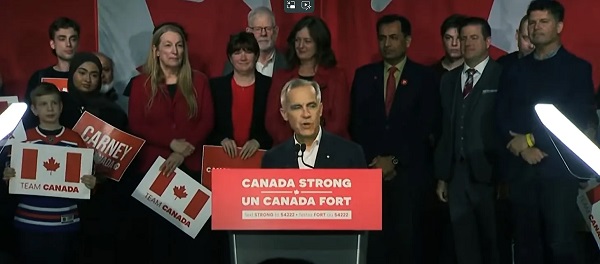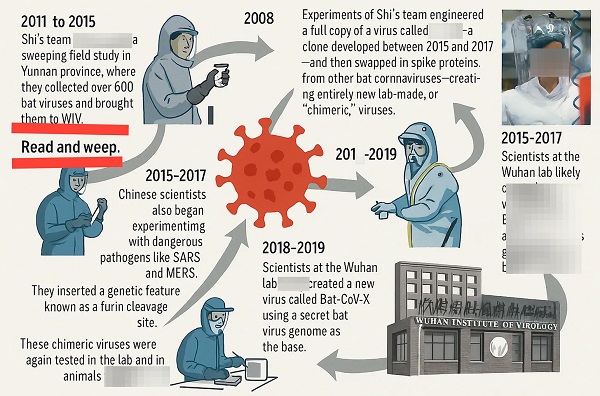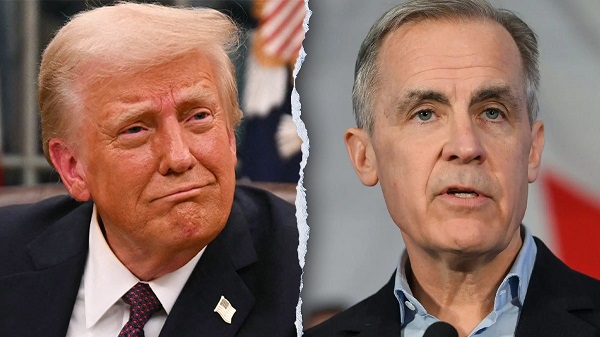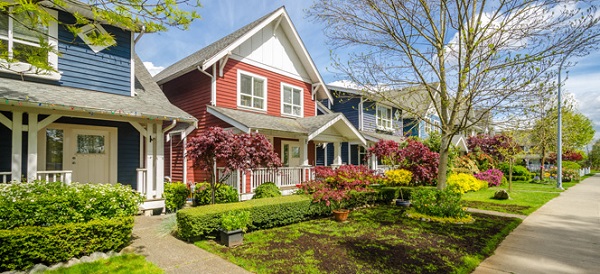Alberta
Update 23: Northwest Alberta wildfires (June 20 at 4 p.m.)
Hot, dry conditions with strong winds create challenges for firefighting.
June 20, 2019
As fires spread in Mackenzie County, approximately 200 additional people evacuated on Wednesday from the area north of Highway 697, south of the Peace River and west of Steep Hill Creek, also called Range Road 164.
More than 700 evacuees from the Paddle Prairie Metis Settlement can return home today. Additional information for residents is online at https://www.facebook.com/paddleprairie
Approximately 8,500 people are still under evacuation orders.
The following communities issued mandatory evacuation orders this week:
- Beaver First Nation – Boyer River (No. 164) and Child Lake (No. 164A)
- Dene Tha’ First Nation – Bushe River (No. 207)
- Mackenzie County
- The Rocky Lane and High Level area north of the Peace River, south of Highway 58, west of Range Road 150
- The Hamlet of La Crete
- Range Road 164 to Range Road 150, south of the Peace River, north of Highway 697
- Peerless Trout First Nation – Trout Lake community and high-risk persons in the surrounding area.
The following communities remain on evacuation alert and should be ready to leave quickly if the situation changes:
- High Level
- Mackenzie County
- Area west of Range Road 164, south of the Peace River to Township Road 1010, and the Machesis Lake campground
- Bigstone Cree Nation 166 A, B, C and D
Current situation
- Chuckegg Creek wildfire, southwest of High Level, is about 330,000 hectares.
- Jackpot Creek wildfire, north of Lutose, is about 77,500 hectares.
- McMillan Wildfire Complex located in the Slave Lake Forest area, is more than 276,800 hectares.
- Check Alberta Emergency Alerts for more detailed and frequently updated information.
- People driving in fire-affected areas should carry enough fuel, as it may not be readily available.
Visit alberta.ca/emergency for detailed and frequently updated information.
Air quality
- Wildfire smoke is causing poor air quality and reduced visibility at times.
- Parts of northwestern Alberta are under special air quality statements.
- Visit FireSmoke Canada for information and resources about smoke from wildland fires.
Financial supports
- Evacuees should check alberta.ca/emergency for updates on evacuation payment eligibility.
- You may qualify for the evacuation payment if you:
- were living, working or vacationing in the affected area
- were forced to leave due to an evacuation order
- paid for most of your costs to evacuate
- were forced to leave your residence (primary, working or vacationing) due to a mandatory evacuation order.
- Albertans who qualify will receive $1,250 and $500 for each dependent child under 18 living in the same home when the evacuation order was given.
- Apply online through the MyAlberta Evacuation Payment application using a smartphone, device or desktop. Interac e-transfers may take 24 hours to process.
- If you need help applying, contact Alberta Supports to find the nearest centre: Toll-free: 1-877-644-9992 (Monday to Friday, 7:30 a.m. to 8 p.m.) In-person: Find an Alberta Supports Centre.
- More than 11,700 individuals have received evacuee support totalling close to $11.9 million.
Reception and call centres
- All evacuees need to register with an evacuation reception centre even if you have found alternate accommodations.
- Reception centres may assist evacuees in person and/or by phone.
- Mackenzie County evacuees must register at Fort Vermilion – Mackenzie County Office, 4511 46 Avenue, 780-927-3718.
- Evacuees from Trout Lake and high-risk persons in the surrounding area of Peerless Trout First Nation must register their location with Jennifer Auger, 780-649-6553, [email protected]. If you evacuated to Edmonton, register at Edmonton Super 8 Hotel, 16818 118 Avenue.
- The Government of Alberta contact centre is open from 8 a.m. to 6 p.m., Monday to Friday. Call 310-4455.
Insurance information
- Most home and tenant insurance policies provide coverage for living expenses during an evacuation.
- Evacuees should retain all of their receipts for food, accommodation and other related expenses to provide to their insurer.
- Albertans can contact the Insurance Bureau of Canada at 1-844-227-5422 or by email at [email protected]. Information about insurance coverage is available online at ibc.ca/ab/disaster/alberta-wildfire.
Re-entry information
Evacuees can find tips on re-entry by visiting https://www.alberta.ca/emergency.aspx. Information includes making sure all your utilities are working, cleaning up and how to deal with door-to-door salespeople offering services and insurance.
Justice and legal matters
- If you have an appointment with a probation officer in an evacuated area, report to the community corrections office nearest you. Please call 780-427-3109 (to call toll-free, first dial 310-0000) for information.
Boil water advisory
- A boil water advisory is in place for Meander River (Dene Tha’ First Nation).
Health
- Mental health support is available by calling Alberta’s 24-hour help line at 1-877-303-2642, the Addiction Helpline at 1-866-332-2322, or Health Link at 811.
Donations and volunteers
- Check the Mackenzie County Facebook page for an up-to-date list of donations needed and drop-off locations.
- There have been reports that local residents in High Level are being solicited by email or phone for donations in support of firefighters or affected residents. Do not share your personal information with them or donate money.
- When asked for donations (either over the phone, through an email, or in person), ask the canvasser for identification or printed information about the charity.
- If you have concerns about the activities of a charitable organization including its fundraising practices, call Service Alberta: 1-877-427-4088.
Canada Post
- Mail and parcel delivery in certain communities has been affected by the wildfires.
- Canada Post has contingency measures in place to serve residents of these communities.
- Check the Canada Post website for updates.
Other income and social supports
- Evacuees who receive Assured Income for the Severely Handicapped or Income Support benefits by cheque should contact their worker to make arrangements to receive it.
- Call Alberta Supports at 1-877-644-9992 between 7:30 a.m. and 8 p.m., Monday to Friday if you:
- need information on other social supports
- are a contracted service provider, family member or individual needing assistance through the Persons with Developmental Disabilities program
- Evacuees in need of financial assistance for immediate needs can apply for an Income Support program emergency needs allowance. This benefit may cover your accommodation, clothing and other urgent needs. Please call 1-877-644-9992 for more information.
- For information on child intervention and child care, call 1-800-638-0715.
- Employment insurance: evacuees can visit Service Canada online to apply at www.canada.ca/en/services/benefits/ei.html. Use code 4812014812201900.
Health card, driver’s licences, ID cards, birth certificate
- To get a replacement Health Care Insurance Card call 780-427-1432 or toll-free at 310-0000 and then 780-427-1432 when prompted. Your Alberta Personal Health Card can be mailed to a temporary address.
- If driver’s licences, identification cards, and/or birth certificates were left behind during the evacuation, replacement cards and certificates can be ordered free of charge at a registry agent.
Public information
- You can call 310-4455 for more information – Monday to Friday 8 a.m. – 6 p.m.
Related information
Backgrounder: Previous updates
Alberta
Made in Alberta! Province makes it easier to support local products with Buy Local program

Show your Alberta side. Buy Local. |
When the going gets tough, Albertans stick together. That’s why Alberta’s government is launching a new campaign to benefit hard-working Albertans.
Global uncertainty is threatening the livelihoods of hard-working Alberta farmers, ranchers, processors and their families. The ‘Buy Local’ campaign, recently launched by Alberta’s government, encourages consumers to eat, drink and buy local to show our unified support for the province’s agriculture and food industry.
The government’s ‘Buy Local’ campaign encourages consumers to buy products from Alberta’s hard-working farmers, ranchers and food processors that produce safe, nutritious food for Albertans, Canadians and the world.
“It’s time to let these hard-working Albertans know we have their back. Now, more than ever, we need to shop local and buy made-in-Alberta products. The next time you are grocery shopping or go out for dinner or a drink with your friends or family, support local to demonstrate your Alberta pride. We are pleased tariffs don’t impact the ag industry right now and will keep advocating for our ag industry.”
Alberta’s government supports consumer choice. We are providing tools to help folks easily identify Alberta- and Canadian-made foods and products. Choosing local products keeps Albertans’ hard-earned dollars in our province. Whether it is farm-fresh vegetables, potatoes, honey, craft beer, frozen food or our world-renowned beef, Alberta has an abundance of fresh foods produced right on our doorstep.
Quick facts
- This summer, Albertans can support local at more than 150 farmers’ markets across the province and meet the folks who make, bake and grow our food.
- In March 2023, the Alberta government launched the ‘Made in Alberta’ voluntary food and beverage labelling program to support local agriculture and food sectors.
- Through direct connections with processors, the program has created the momentum to continue expanding consumer awareness about the ‘Made in Alberta’ label to help shoppers quickly identify foods and beverages produced in our province.
- Made in Alberta product catalogue website
Related information
Alberta
Province to expand services provided by Alberta Sheriffs: New policing option for municipalities

Expanding municipal police service options |
Proposed amendments would help ensure Alberta’s evolving public safety needs are met while also giving municipalities more options for local policing.
As first announced with the introduction of the Public Safety Statutes Amendment Act, 2024, Alberta’s government is considering creating a new independent agency police service to assume the police-like duties currently performed by Alberta Sheriffs. If passed, Bill 49 would lay additional groundwork for the new police service.
Proposed amendments to the Police Act recognize the unique challenges faced by different communities and seek to empower local governments to adopt strategies that effectively respond to their specific safety concerns, enhancing overall public safety across the province.
If passed, Bill 49 would specify that the new agency would be a Crown corporation with an independent board of directors to oversee its day-to-day operations. The new agency would be operationally independent from the government, consistent with all police services in Alberta. Unlike the Alberta Sheriffs, officers in the new police service would be directly employed by the police service rather than by the government.
“With this bill, we are taking the necessary steps to address the unique public safety concerns in communities across Alberta. As we work towards creating an independent agency police service, we are providing an essential component of Alberta’s police framework for years to come. Our aim is for the new agency is to ensure that Albertans are safe in their communities and receive the best possible service when they need it most.”
Additional amendments would allow municipalities to select the new agency as their local police service once it becomes fully operational and the necessary standards, capacity and frameworks are in place. Alberta’s government is committed to ensuring the new agency works collaboratively with all police services to meet the province’s evolving public safety needs and improve law enforcement response times, particularly in rural communities. While the RCMP would remain the official provincial police service, municipalities would have a new option for their local policing needs.
Once established, the agency would strengthen Alberta’s existing policing model and complement the province’s current police services, which include the RCMP, Indigenous police services and municipal police. It would help fill gaps and ensure law enforcement resources are deployed efficiently across the province.
Related information
-

 espionage10 hours ago
espionage10 hours agoEx-NYPD Cop Jailed in Beijing’s Transnational Repatriation Plot, Canada Remains Soft Target
-

 2025 Federal Election1 day ago
2025 Federal Election1 day agoBureau Exclusive: Chinese Election Interference Network Tied to Senate Breach Investigation
-

 2025 Federal Election1 day ago
2025 Federal Election1 day agoNeil Young + Carney / Freedom Bros
-

 2025 Federal Election18 hours ago
2025 Federal Election18 hours agoTucker Carlson Interviews Maxime Bernier: Trump’s Tariffs, Mass Immigration, and the Oncoming Canadian Revolution
-

 2025 Federal Election17 hours ago
2025 Federal Election17 hours agoCanada drops retaliatory tariffs on automakers, pauses other tariffs
-

 2025 Federal Election2 days ago
2025 Federal Election2 days agoMEI-Ipsos poll: 56 per cent of Canadians support increasing access to non-governmental healthcare providers
-

 2025 Federal Election1 day ago
2025 Federal Election1 day agoRCMP Whistleblowers Accuse Members of Mark Carney’s Inner Circle of Security Breaches and Surveillance
-

 Autism1 day ago
Autism1 day agoRFK Jr. Exposes a Chilling New Autism Reality








